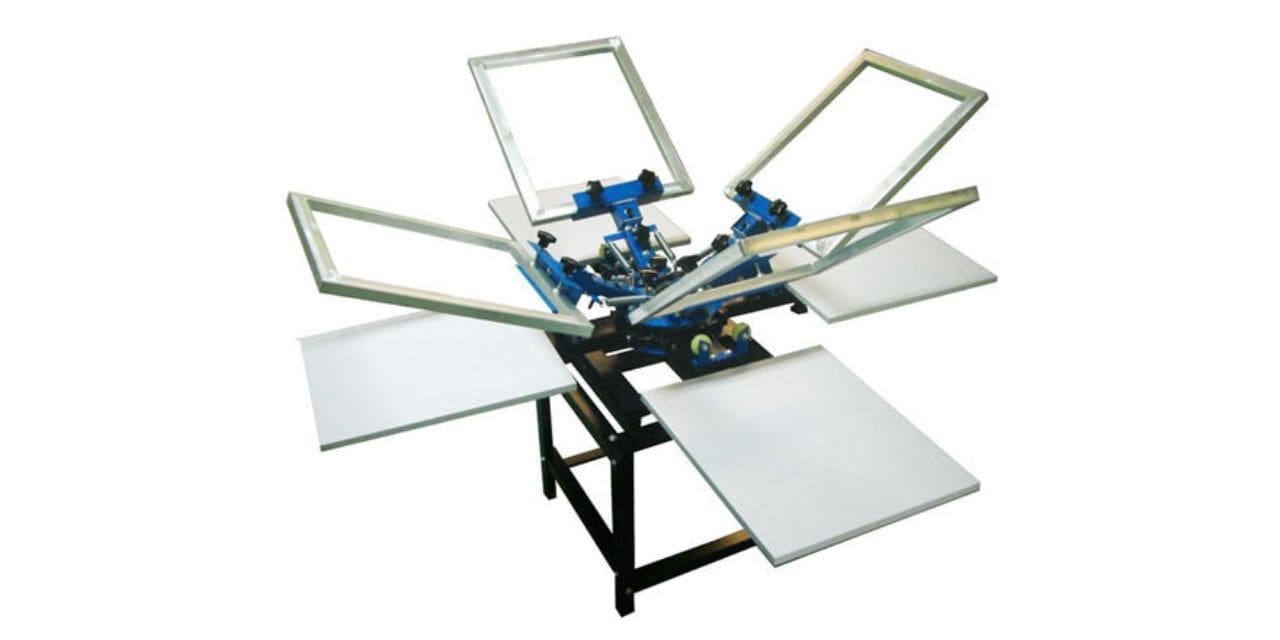Want to know about how screen printing works? If yes, then this article is especially for you where we will tell you about how screen printing works and also the types. But you should first know what screen printing is. So without any further ado, let’s get started;
What is screen printing?
Silk screening, often known as screen printing, is the method of printing in which a mesh screen, ink, and a squeegee are used to transfer a stenciled design onto a surface (a rubber blade). In order to generate an image via screen printing, a stencil must be made on a mesh screen, and then ink must be pushed through the screen to make the image.
Screen printing is most often done on cloth and paper, but it can also be done on metal, wood, and plastic. There are several reasons for the technique’s widespread popularity, but the most important is the freedom to experiment with a vast palette. Now, you are thinking, how does screen printing work? Well, no worries! We have also mentioned it below;
How does it work?
The basic procedure for screen printing is always the same, whether it is done manually or with a machine. There can be variations in the ink utilized, the generated effect, and the printing surface.
The screen must be set up so that your design will be printed in only the regions you want it to. We’ll discuss how to prepare designs for screen printing shortly.
It’s not uncommon for screen printing to be annoying, dirty, and difficult. While there are many benefits, there are also some cons to making t-shirts at home in this fashion.
The Various Screen Printing Techniques
Preparing the screens is the most time-consuming and difficult aspect of screen printing. The time and effort involved imply that screen printing is most effective when producing multiple copies of the same design.
Do you want the same design printed on fifty t-shirts? When it comes to that kind of task, screen printing really shines. To save time and money, I recommend using heat transfer vinyl for orders of 10 t-shirts or fewer. Moreover, there are at least three main methods for setting up screens for screen printing.
- Cut Paper Stencil Method
- Screen Printing Filler Method
- Screen Printing Emulsion Method
Printing on Screen in Several Colors
Yes, we know it can be more challenging to screen print multiple colors. If your design features multiple colors, you’ll need to create separate screens for each. If you want to print with more than one color, you’ll have to wait for the first one to dry.
It is possible to speed up the procedure, though. You can utilize a tool known as a flash drier. These are typically installed at the end of a screen printing line, and they quickly dry the clothing as it passes through between ink colors.
Conclusion
In this article, we have concluded the screenprinting procedure shortly. We trust that your understanding has increased greatly. Like any new topic of study, it can look difficult at first. Also, it’s not always easy to get a good result the first time you try screen printing.
Screen printing may seem complicated at first, but with diligence and practice, you’ll soon be able to create high-quality garments with your own two hands.

